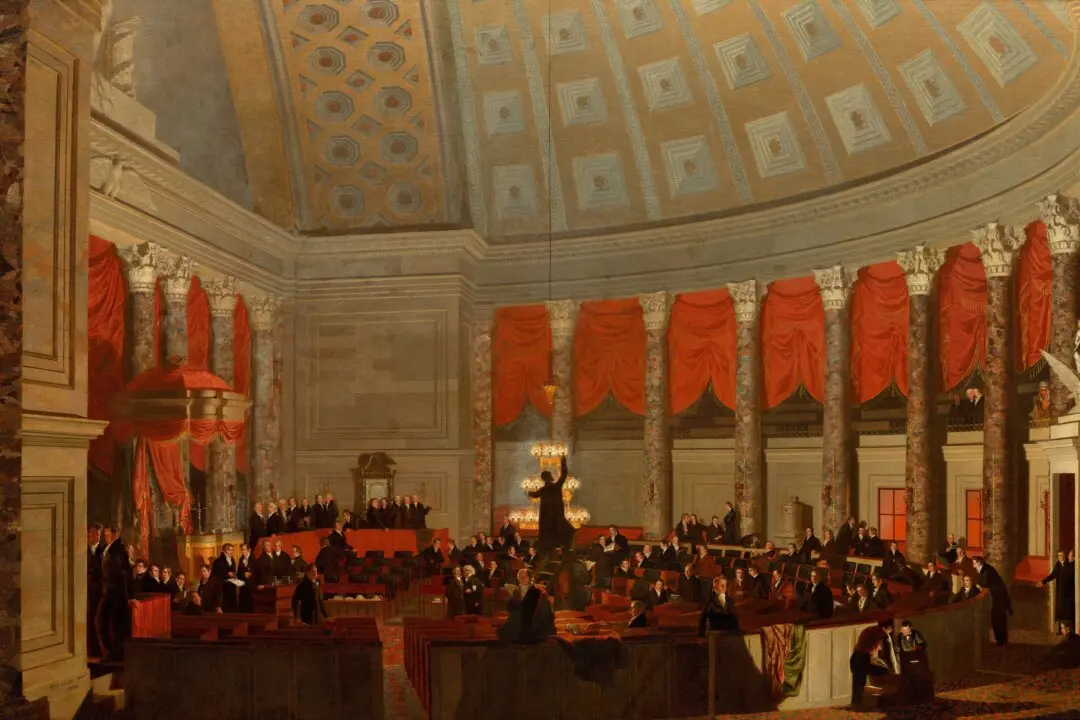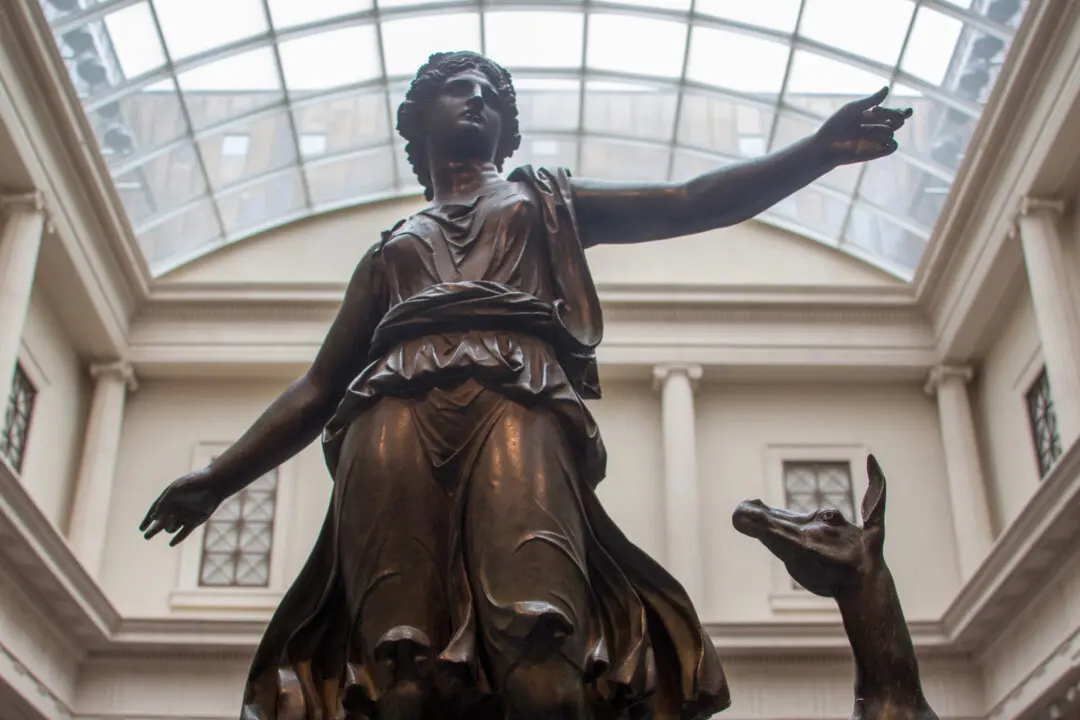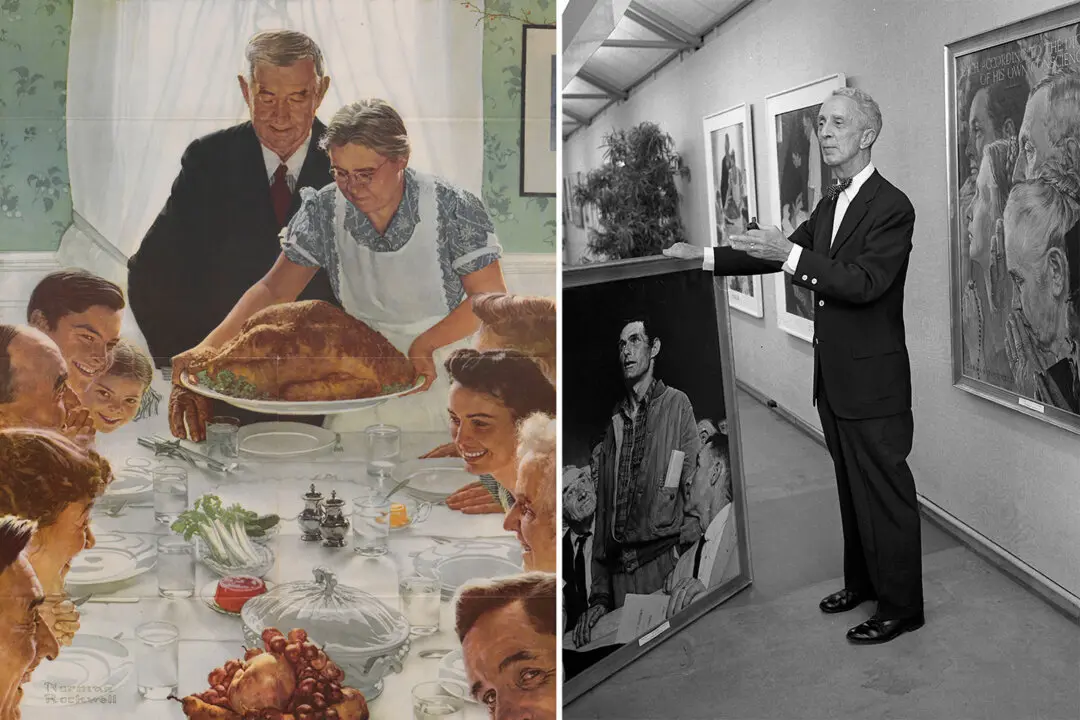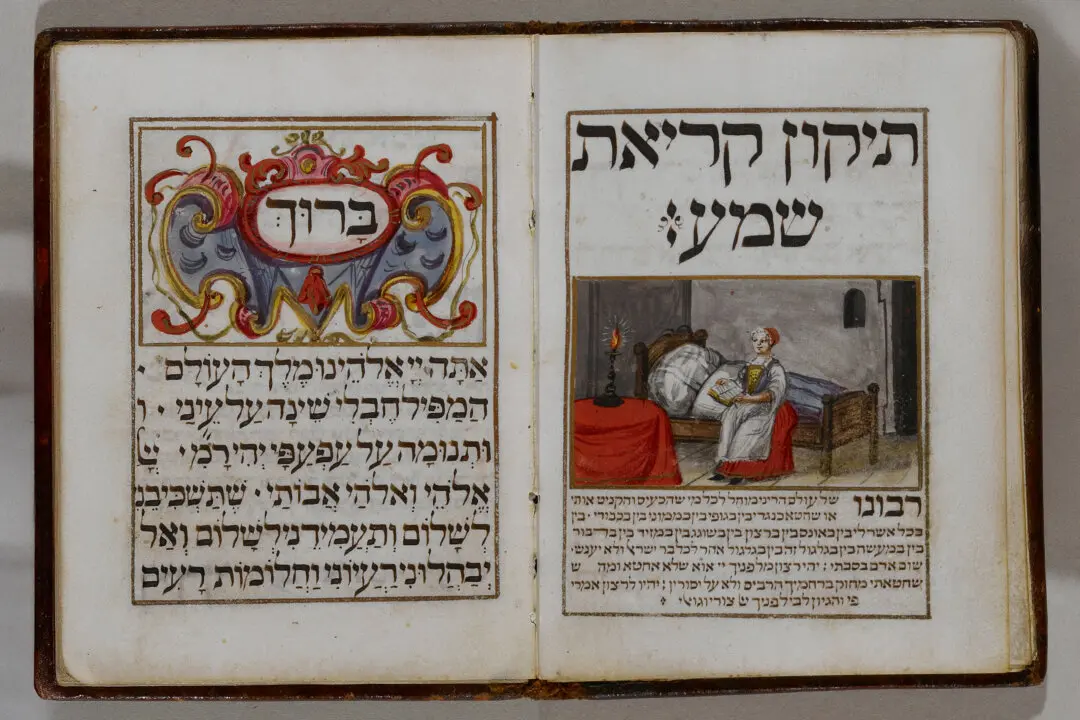A museum’s interest in historic boxes does not depend on whether they still contain their original contents or are now emptied. Scholarly unpacking of these boxes shows the breadth and depth of their materiality, form, function, and beauty. Their exteriors stand on their own, continuing to delight viewers today.
A highly prized material in medieval Europe, and one that cannot be used today to create new items, was ivory from the exotic elephant tusk. Ivory was typically carved to create decorative objects. During the early Middle Ages through the Romanesque period, ivory was mainly employed to make book covers and ecclesiastical items.





